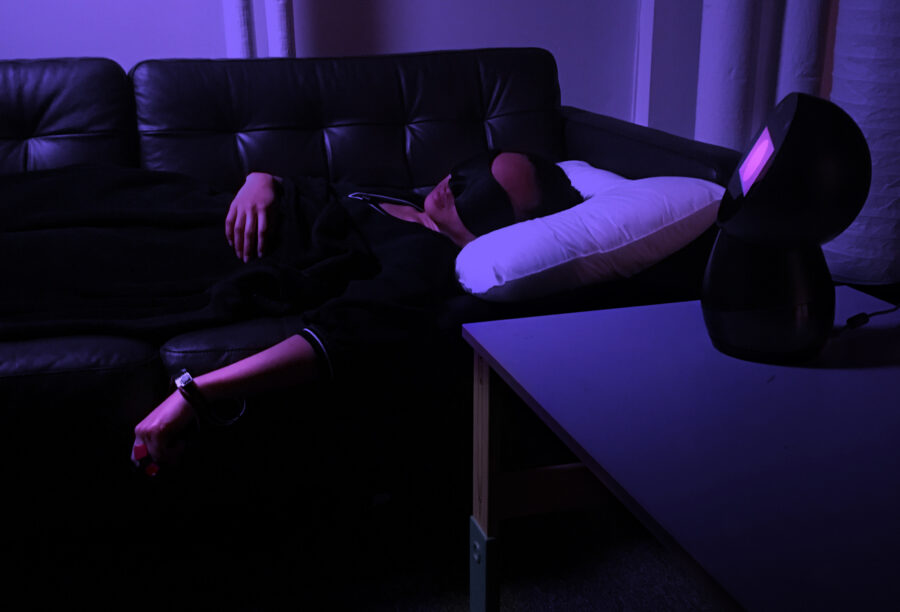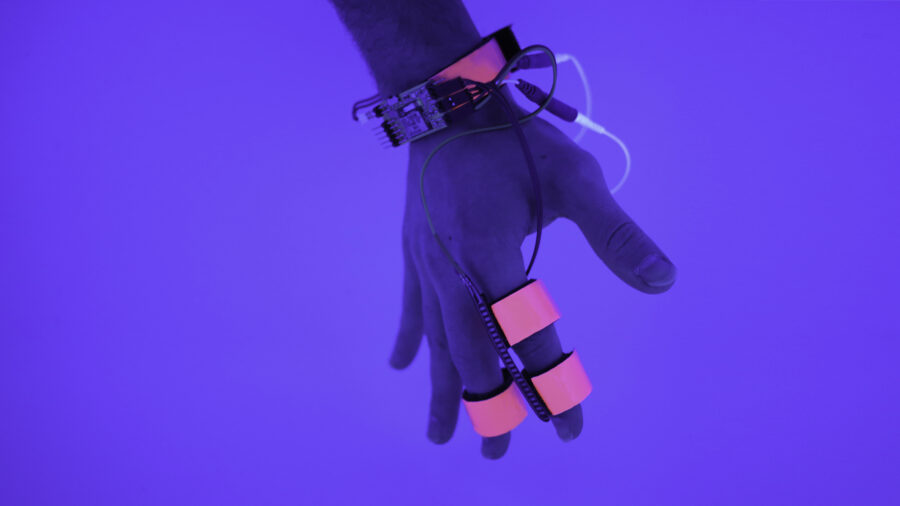Inception’s Dream Entering Machine Is Becoming A Reality At MIT
If you're a fan of Christopher Nolan’s 2010 movie Inception, MIT might just have something for you.
This article is more than 2 years old

If you’re a fan of Christopher Nolan’s 2010 movie Inception, MIT might just have something for you. It’s called Dormio and it just may be an opening to dream manipulation.
“If I told you right now to think about a cat doing a headstand on top of a soccer ball, you’re gonna think of that thing,” said Adam Haar Horowitz to Digital Trends. “This is the same idea, except that in a state of semi-sleep, [it turns out that] you’re highly suggestible, and your thoughts are highly visual. If you say something to a person at that point, it’s highly likely that they are going to visualize that thing in their sleep, i.e. dream about it.” Haar Horowitz is part of a group of students working under the tutelage of Professor Pattie Maes, who runs MIT’s Fluid Interfaces Group at MIT’s world-famous Media Lab. For Horowitz’s part, he falls under the Dream Lab portion.
Dormio is not only a Haar Horowitz creation. He is the project leader but fellow researchers Ishaan Grover, Pedro Reynolds-Cuéllar, Tomás Vega, Oscar Rosello, Eyal Perry, Matthew Ha, Christina Chen, Abhi Jain, and Kathleen Esfahany, play a large part into what the group is trying to accomplish with Dormio.

So, what exactly is Dormio? Perhaps some of you remember the Nintendo Power Gloves from the ’80s? Well, that is basically the device the user will wear. This glove collects bio-signals that can track changes in one’s sleep. These bio-signals from the user will track their finger heart rate, muscle tone, and skin conductance. These three things change when a person is sleeping, so when their bio-signals appear to show the end of a sleep transitional state, the glove prompts an audio cue. This wakes the users slightly, just not enough to bring them to full consciousness.
This is where the notion of Nolan’s Inception comes into play. Here, Horowitz’s team can enter the user’s dreams as new content. They can now alter the course of the user’s dreams. After this, the system will quiet down, allowing the user to dream again and the bio-signals showing the user transitioning into a deeper sleep. The group can continue this again and again.
And here is the cool and amazing thing about Dormio: It actually works. Haar Horowitz feels shouldn’t be surprising at all. It’s true, researchers have known for quite some time that it is possible to plant mental seeds that control the contents of our dreams. How many times have you gone to bed and the last thing you were thinking or perhaps talking about with someone becomes part of your dream?
“People have been trying to do dream control for such a long time,” Haar Horowitz explained to Digital Trends. “In neuroscience labs, there have been all these attempts at dream incubation and they just haven’t worked that well. In my opinion, it’s because they’d say to [participants], ‘OK, I want you to dream of dragons or dream up a solution to this algebraic problem’ and then they would send them to bed hours later, and wake them up hours after that and ask them what they had dreamt about.”
So, the goal here with Haar Horowitz and his team of dream warriors is to be able to not only explore dreams but to influence how a person goes about having their dreams. Let’s hope this not only helps with how we have dreams but even more importantly, how we remember our dreams.












